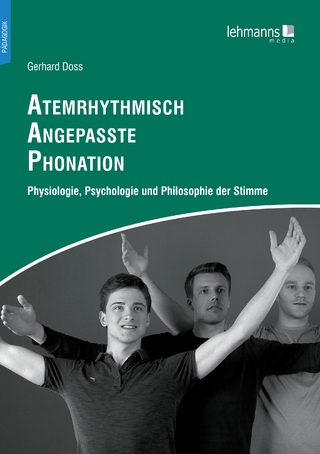
Salience of Information in Japanese
Discourse and the Syntax–Pragmatics Interface
Seiten
2024
Cambridge University Press (Verlag)
978-1-009-42182-9 (ISBN)
Cambridge University Press (Verlag)
978-1-009-42182-9 (ISBN)
Featuring a wide range of authentic language examples, this book uses the framework of Role and Reference Grammar to explore how 'salience' is conveyed in Japanese. It is essential reading for researchers and students of syntax and its interfaces with pragmatics and discourse, as well as linguists of Asian languages.
'Salience' is a linguistic phenomenon whereby information that is 'given', or 'new', is distributed and presented within a sentence in particular ways that convey its relevance. Although it has been widely described as the speaker's linguistic choices based on the hearer's perspective, it has received less attention as the speaker's manipulations of the hearer's cognitive states. This timely study redresses that balance by analysing several morphosyntactic phenomena in Japanese, drawing on a wide range of authentic language examples. Taking a functionalist perspective, it brings together studies of grammar and discourse, which are often described separately, and deploys the combined grammar-discourse approach in Role and Reference Grammar, the structural-functionalist theory in which syntax, semantics, and pragmatics are equally central to our understanding of language. It also offers an analysis of second language (L2) learners' Japanese discourse, and demonstrates the relevance of that analysis to issues outside of traditional second language research.
'Salience' is a linguistic phenomenon whereby information that is 'given', or 'new', is distributed and presented within a sentence in particular ways that convey its relevance. Although it has been widely described as the speaker's linguistic choices based on the hearer's perspective, it has received less attention as the speaker's manipulations of the hearer's cognitive states. This timely study redresses that balance by analysing several morphosyntactic phenomena in Japanese, drawing on a wide range of authentic language examples. Taking a functionalist perspective, it brings together studies of grammar and discourse, which are often described separately, and deploys the combined grammar-discourse approach in Role and Reference Grammar, the structural-functionalist theory in which syntax, semantics, and pragmatics are equally central to our understanding of language. It also offers an analysis of second language (L2) learners' Japanese discourse, and demonstrates the relevance of that analysis to issues outside of traditional second language research.
Mitsuaki Shimojo is Associate Professor in the Department of Linguistics at the University at Buffalo, State University of New York. His notable publications include Argument Encoding in Japanese Conversation (2005).
Preface; List of abbreviations; Notes on transcriptions; 1. Introduction; 2. Background; 3. Backward-looking salience and argument forms: discourse analysis; 4. Backward-looking salience and argument forms: RRG representations; 5. Predicate-less constructions; 6. Forward-looking non-salience and arguement forms; 7. Concluding remarks.
| Erscheinungsdatum | 23.03.2024 |
|---|---|
| Zusatzinfo | Worked examples or Exercises |
| Verlagsort | Cambridge |
| Sprache | englisch |
| Maße | 159 x 235 mm |
| Gewicht | 550 g |
| Themenwelt | Schulbuch / Wörterbuch ► Wörterbuch / Fremdsprachen |
| Geisteswissenschaften ► Sprach- / Literaturwissenschaft ► Sprachwissenschaft | |
| ISBN-10 | 1-009-42182-4 / 1009421824 |
| ISBN-13 | 978-1-009-42182-9 / 9781009421829 |
| Zustand | Neuware |
| Informationen gemäß Produktsicherheitsverordnung (GPSR) | |
| Haben Sie eine Frage zum Produkt? |
Mehr entdecken
aus dem Bereich
aus dem Bereich
Das umfassende Standardwerk auf der Grundlage der aktuellen amtlichen …
Buch | Hardcover (2024)
Duden (Cornelsen Verlag)
35,00 €
Physiologie, Psychologie und Philosophie der Stimme
Buch | Softcover (2024)
Lehmanns Media (Verlag)
29,95 €
und wie man sie vermeidet
Buch | Softcover (2022)
C.H.Beck (Verlag)
14,00 €


